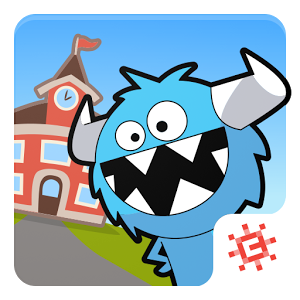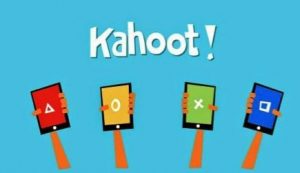This is how to get started and create a blog post on edublogs
- You will receive an email with an invitation to the blog use this to go to the blog site Http://dtm4260.edublogs.org
- Follow the prompts and set up your user name and password. You will be taken to the home page of the blog.
- Select the house icon on the top left of the page
- Scroll down to dashboard
- In the dashboard menu you will see all the functions on the left hand side of the page
- Select Posts then select add a new post
- Type in a name for your post- make it interesting
- If you have prepared your post as a word document- you can cut and paste it to the blog page or type it directly into the blog
- Use the formatting tools at the top of the page to make your post easy to read
- Add media-all posts need a picture or icon. You can even add a short video- see the add media box on the top right
- NB: Use the categories menu on the right to tick the boxes of the categories that apply to your post. Then select some tags. This is called metadata and makes your post searchable and easy to find
- Preview your post and make changes
- You can save as a draft to do more work later or
- Publish your post– remember to press publish the blue icon on the bottom right of the page. Your post now comes to me to review and edit before it gets posted on the blog for everyone to read. If you do not have any categories and tags I will not publish your post because all posts need metadata so they can be found on the web. Happy blogging
















